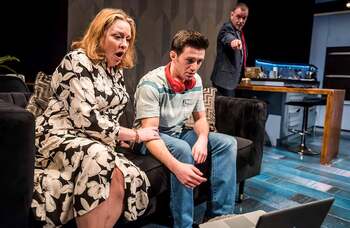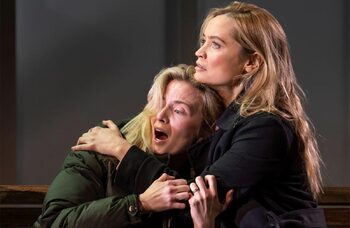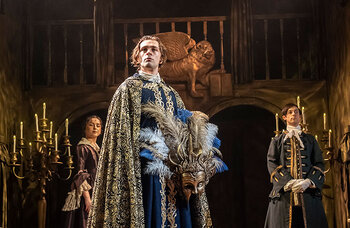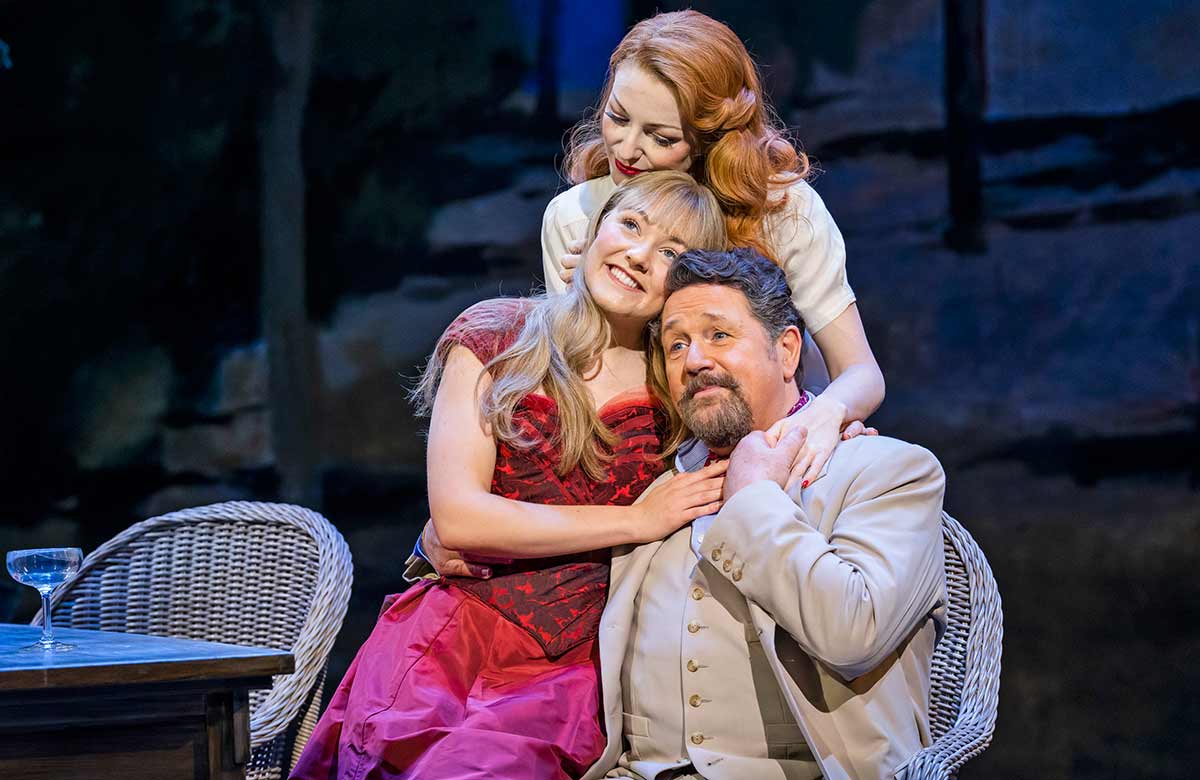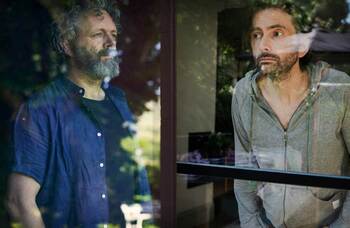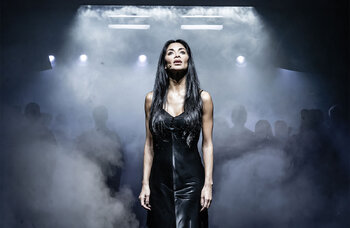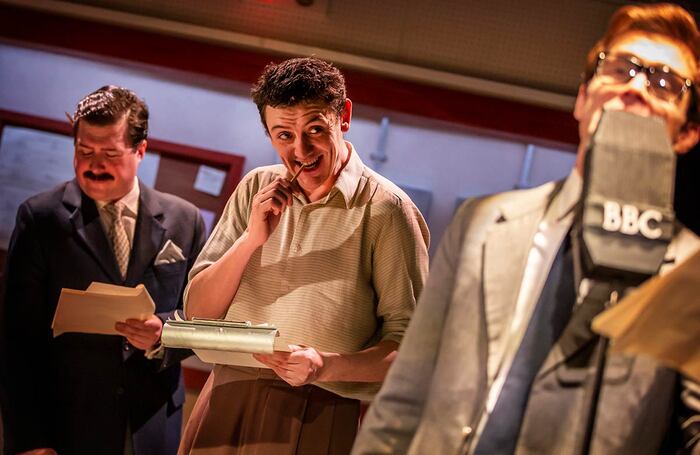
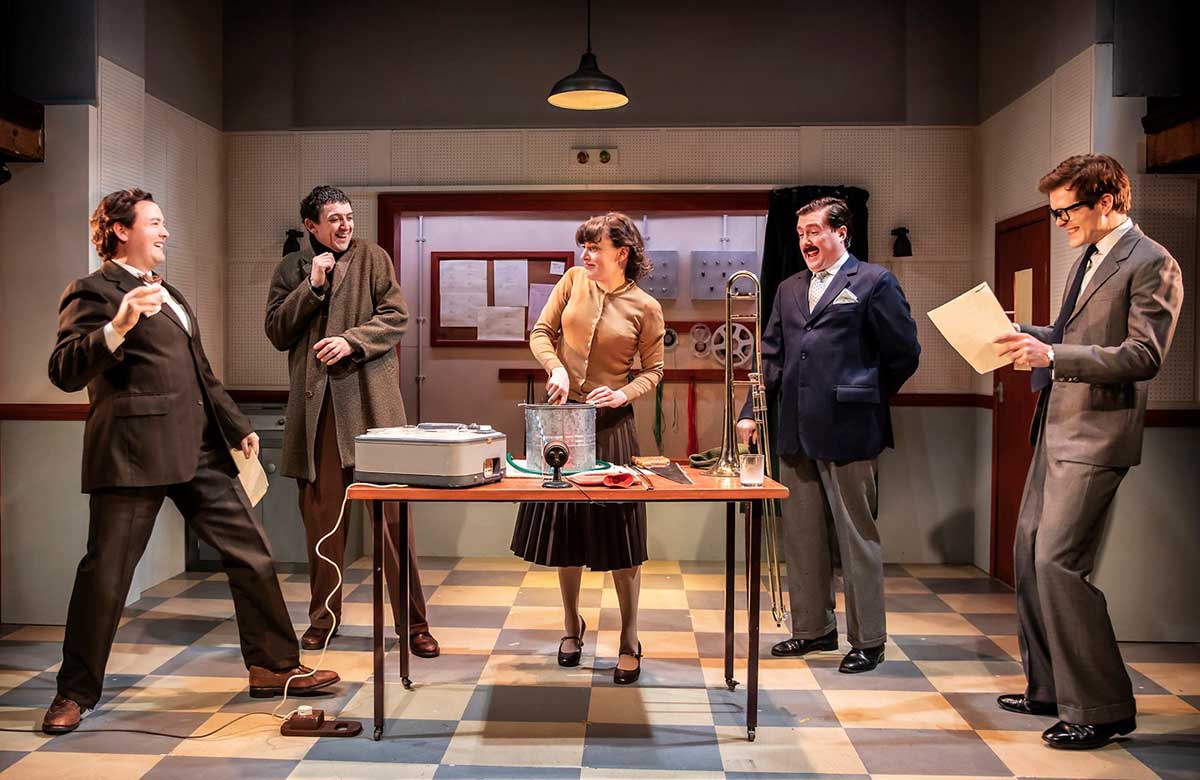
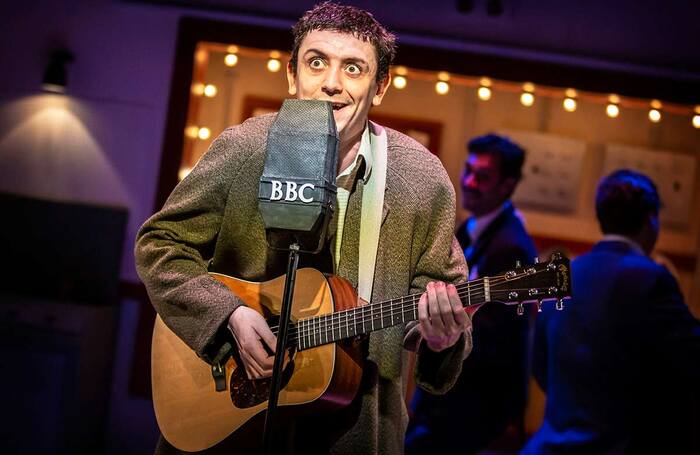
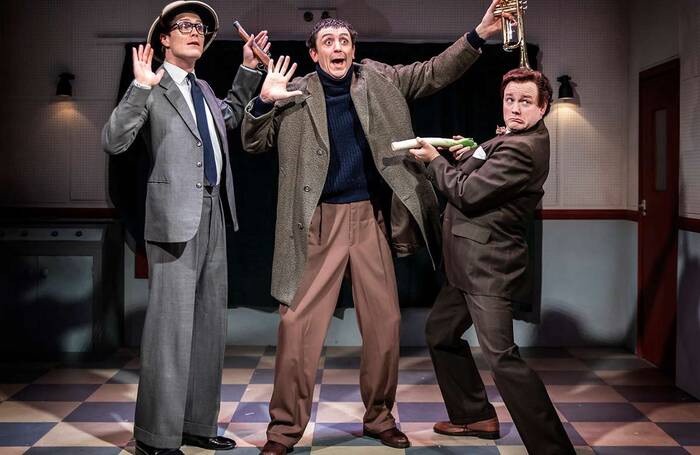




Entertaining if occasionally uneven comedy exploring the groundbreaking work of Spike Milligan
It’s not hyperbole to suggest that the BBC Radio’s The Goon Show starring Spike Milligan, Harry Secombe and Peter Sellers changed the course of British comedy.
Everyone from Monty Python to The League of Gentlemen have been inspired by its zany characters and situations, created in the greater part by co-founder Milligan. The comedy ran on the BBC Home Service from 1951 to 1960 and post-war audiences couldn’t get enough of its absurdist style.
This new play from Ian Hislop and Nick Newman attempts to shed light on the pressure Milligan faced to complete scripts while constantly battling with the suits at the BBC who wanted him to rein in the surrealism. Hislop and Newman’s play takes a while to find its feet as the characters are established. George Kemp, as Peter Sellers, is a suave but guarded playboy with delusions of grandeur, while Jeremy Lloyd’s ebullient Harry Secombe is the talented all-rounder. Their introduction is a little laboured at first but they serve to underline Milligan’s encroaching sense of inferiority. The bosses saw Sellers and Secombe as the talent and Milligan as just the writer.
The story capers quickly through Milligan’s early years at the BBC, laced with episodes of his time in the Second World War, where he suffered injury and debilitating shell shock.
In fact, explosions play a major role in The Goon Show scripts and the authors include a convenient parallel between the Corporation’s exceptional sound archive and its development during The Goon years. Otherwise, the story follows a fairly linear path, touching on Milligan’s mental health issues and how those around him helped him to achieve what are mammoth goals by today’s standards.
The Watermill’s artistic director Paul Hart matches the chaotic shape of Hislop and Newman’s play with an equally frenetic production. The non-stop pace tends to reflect the immense pressure Milligan was under to deliver his work on time. This machine-gun storyline is exciting and at times exhausting to watch, but allows little space to explore Milligan’s personal relationships in any depth.
There’s an ambivalence to the fourth wall that serves the piece well and John Dagleish’s Milligan clearly relishes the occasional sly nods to the audience. Though there’s scant physical resemblance, Dagleish captures that distinctive blend of tortured soul and comic genius with conviction. Whether gamely riffing on a trumpet or maniacally tapping away at a typewriter, Dagleish manages to maintain Milligan’s vulnerability.
Designer Katie Lias’ deceptively simple set captures the practical austerity of a 1950s radio studio, while hiding extra spaces behind gauzes. It might at times seem overly fussy but it adds another layer of comedy and invention to the production.
More Reviews
Recommended for you
More Reviews
Recommended for you
Most Read
Across The Stage this weekYour subscription helps ensure our journalism can continue
Invest in The Stage today with a subscription starting at just £7.99
